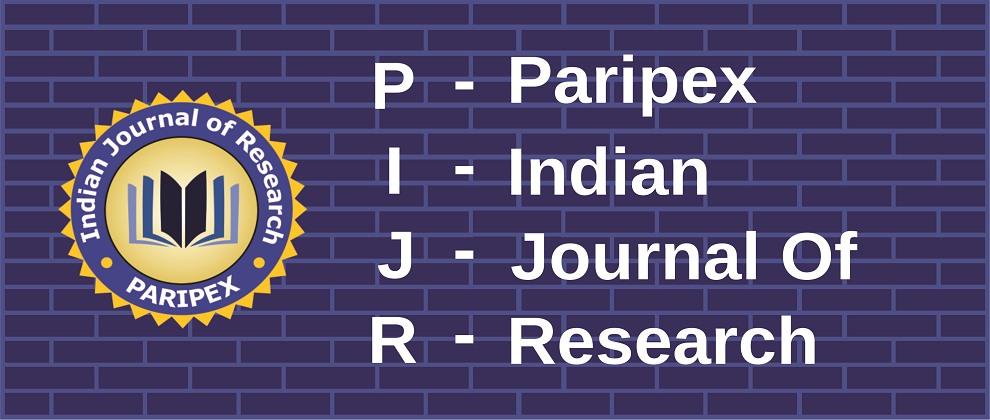Volume : IX, Issue : V, May - 2020
Simultaneous radio-ulnar distraction by a single ulnar corticotomy in a case of Multiple Hereditary Exostosis
Dr Sajid Ansari, Dr Santosh Behera, Dr Sanny Singh, Dr R B Kalia
Abstract :
Background: The rationale of ulnar lengthening in Multiple Hereditary Exostosis is that it frees the tethering of distal radial physis along with increased support to the ulnar–sided carpals and also improves the radial head dislocation due to simultaneous radial distraction. Case summary: A 17–year old male presented with right forearm deformity for past nine years. On examination, his radial head seemed dislocated with ulnarly deviated wrist with forearm shortening of two centimetres. A mid–diaphyseal ulnar corticotomy was done and both the radial and ulnar pins were connected to each other through a connecting rod over the wrist joint. Gradual distraction of ulna with secondary radial translation was done for three weeks followed by consolidation for eight weeks. Improvement in range of motion at elbow as well as wrist joint along with DASH score was noted. Conclusion: This procedure was based on the premise that lengthening of the ulna which is connected to the radius through the connecting bar over the wrist will also help in pulling the radius distally leading to distal migration of the radial head. This helps in improvement of the dislocated radial head at the elbow. Uniplanar external fixator has advantage of technical ease with low complication rates.
Article:
Download PDF
DOI : https://www.doi.org/10.36106/paripex
Cite This Article:
SIMULTANEOUS RADIO-ULNAR DISTRACTION BY A SINGLE ULNAR CORTICOTOMY IN A CASE OF MULTIPLE HEREDITARY EXOSTOSIS, Dr Sajid Ansari, Dr Santosh Behera, Dr Sanny Singh, Dr R B Kalia PARIPEX-INDIAN JOURNAL OF RESEARCH : Volume-9 | Issue-5 | May-2020
Number of Downloads : 429
References :
SIMULTANEOUS RADIO-ULNAR DISTRACTION BY A SINGLE ULNAR CORTICOTOMY IN A CASE OF MULTIPLE HEREDITARY EXOSTOSIS, Dr Sajid Ansari, Dr Santosh Behera, Dr Sanny Singh, Dr R B Kalia PARIPEX-INDIAN JOURNAL OF RESEARCH : Volume-9 | Issue-5 | May-2020


 MENU
MENU

 MENU
MENU






